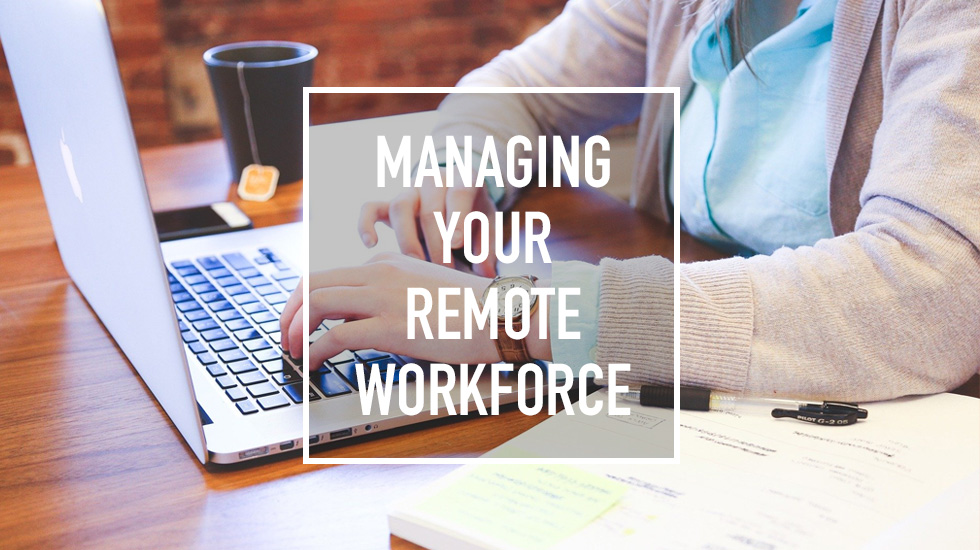Resources > Blog > 6 Strategies for Managing Your Remote Workforce
With a renewed focus on public health, more organizations have rapidly transitioned their workforce to work remotely. This is resulting in significant changes and some of these changes may continue after concerns related to COVID19 subside. For example, the requirements for physical office space and how to support a new definition of work/life balance. This new way of working can bring its own pitfalls if not properly managed and planned for in advanced. At SubItUp, we work with many different types of organizations and work schedules and have learned the best practices to managing your remote staff. We are excited to share them with you.
1. Know Your Staff
The culture and dynamics of your team can greatly affect how you will need to manage them while they work remotely. Some team members will need constant check-ins and aggressive deadlines. Others will want the freedom to set their own project timelines. You may have a good idea of what each team member needs if you have a tenured staff, but some may surprise you. Consider using a program such as the Predictive Index (https://www.predictiveindex.com/) to better understand how each team member reacts to different situations. Regardless of the remote environment, using a behavioral tool like the PI allows you to ensure you have the right people doing the right work.
2. Scheduled Check-Ins
If your employees are used to lots of face-to-face interaction in an office environment, consider increasing your number of weekly check-ins or adding in a daily check-in. These sessions should routinely include updates on goals that the organization has set, progress on the goals, and any important adjustments. Working remotely can cause some employees to feel disconnected with the overall mission of the organization and these check-ins can keep everyone moving in the right direction. In addition, it's a great opportunity to praise a team member or group in front of the team. Be prepared for the meetings just as if they were fact to face.
3. Task Oriented Projects with Clear Deadlines and Expectations
When working from home, distractions can be plentiful. Productivity can be easily interrupted by a young family member or a desire to binge watch your favorite show. When assigning project tasks, break these down to a very granular level, complete with hard deadlines. This will allow employees to set their expectations on when things should be done and will allow them to build their schedule around these deadlines.
4. Utilize a Scheduling Software to Allow Remote Clock In / Out
Your houlry staff may be used to clocking in or out at a centralized location and have gotten into a routine of doing this before and after every shift. If you need to continue to track your staff's time, make sure your workforce management software can be configured so that employees can clock in and out from their laptops, desktops, or personal devices. This will allow you to accurately track your staff's time, especially since they may be working more irregular hours than usual.
5. Socialize on Scheduled Calls
Create time or separate scheduled calls to replace engagements that typically occur in a physical workplace (I.e. water cooler talk). Ensuring you have time to engage about topics above and beyond just work activities is healthy for the team. Whether it's a one-on-one or an entire team meeting, use this time to socialize with your staff. Talk about current events or ask an opinion-based question for everyone to chime in on. These calls can be the highlight of many team member's day, so make it fun and keep building your team culture!
6. Establish a Routine
Routines are critically important to establishing normalcy when your staff is working remotely. If you normally have staff meetings on Wednesday's at 2pm, keep them but hold it through your video conferencing software. If your staff provide weekly updates to the team, keep holding those on schedule. If you have put in place some of our earlier suggestions, keep the new check-in times consistent, so your staff can work through when they have time for projects and when they need to be in meetings.
Having your staff work remotely is a big change and should be treated as such. If the proper strategy, protocol and systems are in place, the transition can be smooth, and your employees can be more efficient than ever. More than ever, the staff will take their cues from their leader, so remember to attack this challenge with positive energy and be ready to adapt as needed.

















